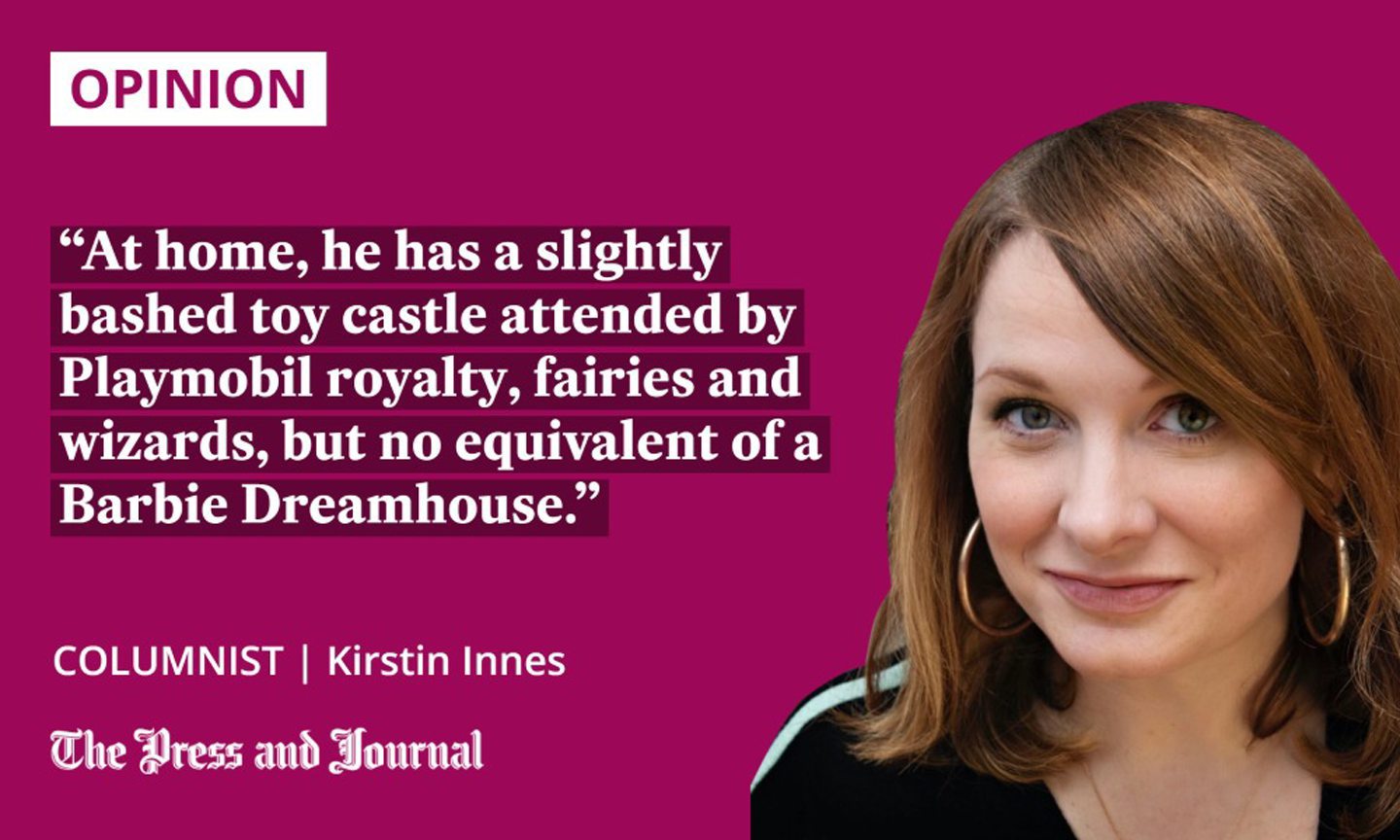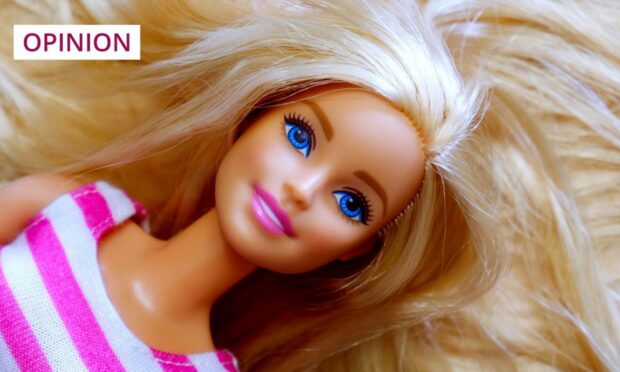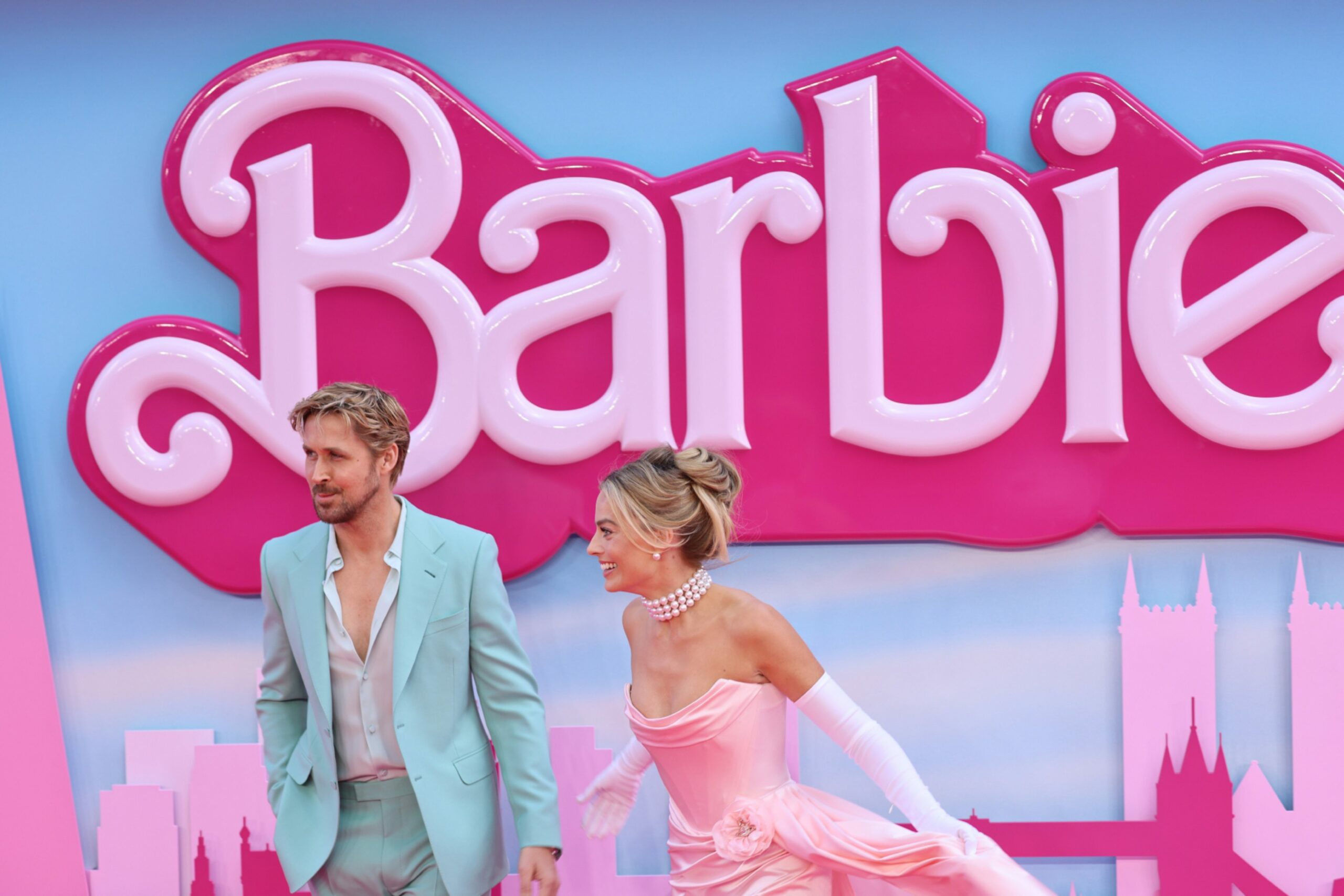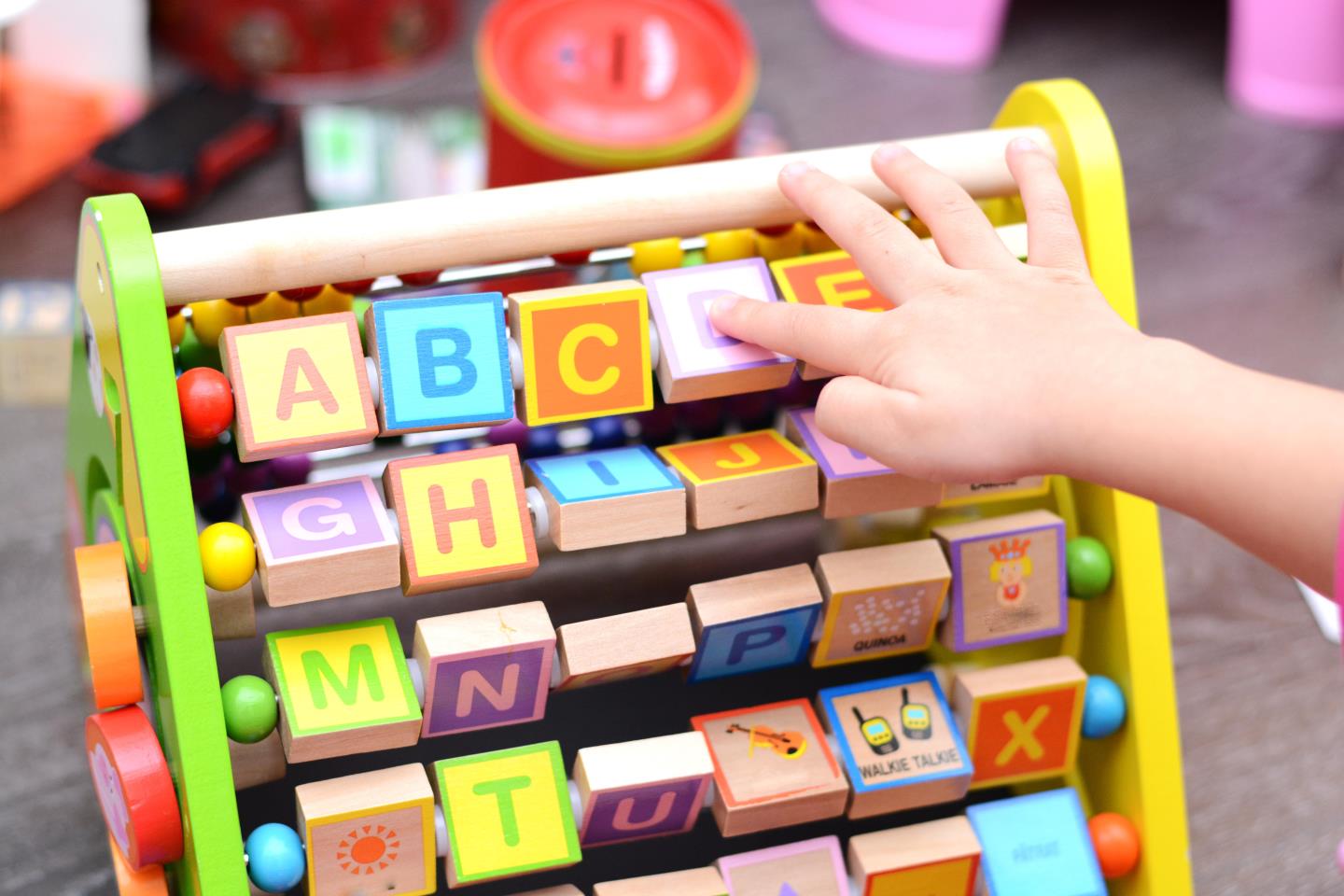My seven-year-old son and I went to see Barbie.
He’d seen the trailer in a couple of other movies – 12A or not, they were squarely advertising it at the pre-teen market – and thought it looked “funny and weird and cool”. So, when I mentioned that I wanted to go and see it, he volunteered himself to join me enthusiastically.
I’d shown him pictures of people dressing up to go and see the film, and he was excited – he loves a chance to get his party clothes on, and assembled a pretty excellent ‘fit for himself: sparkly bomber jacket, rainbow T-shirt and silver trousers – before helping me pick a sequinned mini-cape from the box of “clothes I wore before I had children”.
He also went rummaging through his toy box and pulled out a pre-teen boy doll someone had bought him a few Christmases ago, plus a couple of clothing options for it. “This is Boy Barbie,” he announced to his father and younger brother as we left. (He knows very little about Barbie; Ken was yet to enter his vocabulary.)
We were very excited as we posed for a sparkly selfie in the back of the taxi, having managed to get the last two tickets available at our nearest cinema that day.

“What are you going to see?” The taxi driver asked.
“Barbie!” Said my son.
“Eh, what? Barbie?” (Pronounced like she’d just soiled his car.) “Whose idea was that? Yours or his?”
“We both want to see it!” My kid chirped, then started fussing with a shirt he was trying to get on Boy Barbie.
“Well. It takes all sorts, eh?” Muttered the driver. I hoped this would be the end of the conversation, and began to help with dressing the doll.
The driver was not done, however. Five minutes of tutting and huffing.
“You not like football, wee man?”
“It’s OK. I like being the goalie. It’s not my favourite thing.”
“Do the other boys at your school not like football?”
“Some do. Mummy, can you help me with this?”
He was so focused on his task, he hadn’t picked up on what was happening. I hoped that was an end to it.
It wasn’t an end to it.
“I wouldn’t take my grandson to Barbie.”
The driver really needed me to know this. Why? Why say anything at all? Why not just let a mother and her son enjoy themselves at the movies and collect their fare?
By the time my son noticed that his sparkly jacket was reflecting the sunlight off the car roof and got excited about it, the huffing from the front seat had reached noise pollution levels. It sailed over my kid’s head this time, thankfully, because I didn’t want to have to draw his attention to what was being implied by arguing with the driver.
My son’s eyes lit up for Ken’s Mojo Dojo Casa House
We went to see Barbie, and we both loved it; there were a few bits of the movie that went over my kid’s head, too – but, thankfully, most of them involved Will Ferrell, or the word “gynaecologist”.
The situation in the taxi, however, had left me on edge for watching a film so overtly concerned with the ways we represent gender to kids.
I later asked my partner if he could think of any equivalent targeted at boys, and the closest he got was Castle Grayskull, which was ‘really just a battleground’
At one point, the boringly-besuited board of Mattel are alerted to the fact that something may be off in Barbieland, when their warehouse suddenly fills up not with Barbie’s Dreamhouse, but Ken’s Mojo Dojo Casa House (part saloon, part teenage-boy bedroom, interior slide, uses horses in all of its decorating). Boring Suit #3 announces to his CEO that the product is flying off the shelves and that boys love it, but they still decide to venture into Barbieland to put a stop to things.
My kid’s eyes were lighting up. At home, he has a slightly bashed toy castle attended by Playmobil royalty, fairies and wizards, but no equivalent of a Barbie Dreamhouse, where his toys can just hang out and rehearse their possible future lives. (I later asked my partner if he could think of any equivalent targeted at boys, and the closest he got was Castle Grayskull, which, he did admit, was “really just a battleground”.)
We need to remove the lines drawn around childhood
Someone somewhere (yeah, I’m playing dumb; I know it was patriarchal capitalism) drew all these lines around childhood at some point. Girls do, wear and play with this, boys absolutely do not, unless they want to incur the wrath of huffy taxi drivers.
Girls’ toys, boys’ toys. Never the twain shall meet.
Thankfully, we had a different taxi driver on the way home, who himself was off to see the movie the next day. “Who was your favourite character?” He asked my son. “Was it Ken?”
“Ew, no way.” My kid brought out his freshly-renamed Boy Barbie. “I liked Weird Barbie, ’cause she was the coolest, and this doll called Allan who was the funniest and just sort of did his own thing.”
He danced his doll up the side of the passenger seat. “See? This is Allan. He’s just Allan.”
Kirstin Innes is the author of the novels Scabby Queen and Fishnet, and co-author of non-fiction book Brickwork: A Biography of the Arches


